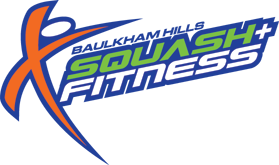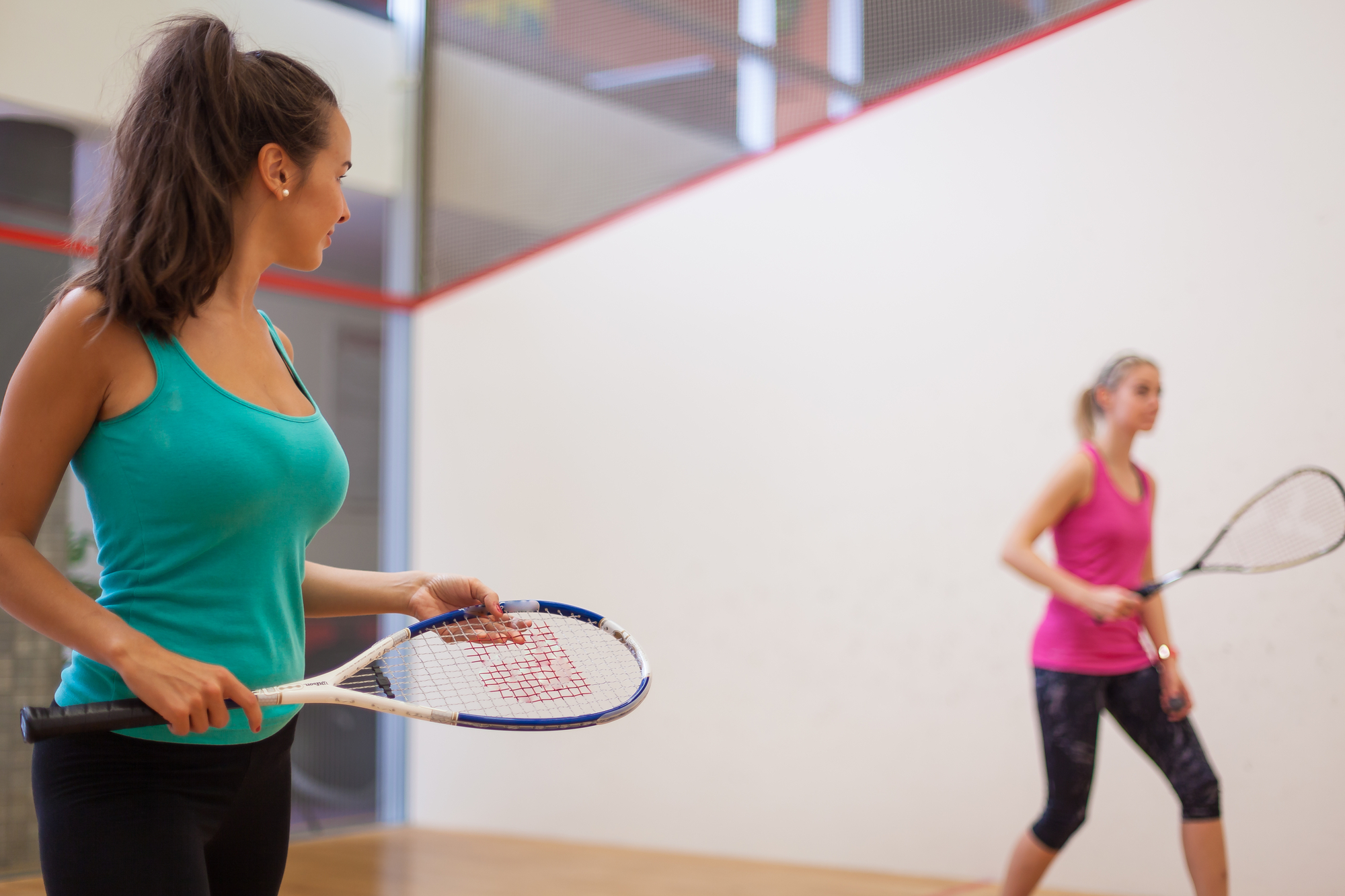One of the key elements for improvement in any sport is your level of enjoyment. If you are enjoying playing matches, you will always want to get to their next level.
Tracking your previous results and improving your fitness is what you need to do to boost your performance.
At least once a week try to play with someone better than you. This will help your overall fitness level and game skill.
Consider having a squash lesson once every few weeks and then keep practicing what you have been taught.
Learning to keep your shoulders to the side, improving your footwork and skills with that racket is a great way to get better at any level.
While years ago footwork was one the main goals in coaching; it isn't as important anymore. Footwork just has to be balanced.
Make sure you keep your racket up ready for the next swing.
Make sure you are focusing on the correct swing technique with your weight forward.
The squash forehand swing is part of a fluent movement technique similar to a side arm throw used to skim a stone across a pond.
The squash backhand swing can be described as throwing a frisbee except that you need to keep the wrist firm.
Whenever you play a ball, no matter if it's a serve to a forehand drive, make sure their weight is forward. Then Follow through. Once they finish connection and swing, move backward to the T as soon as possible (The T is the centre area of the squash court)
The quicker you can move back, the better the chance you will have to hit a great shot for the next ball.
The Squash ball is the second fastest ball in the world, which means it travels fast from a novice player to a ranked player. With ball's traveling that fast your reactions need to be quick as you can.
Focusing on your reaction times is a great way to improve your skill levels.
When serving the squash ball is always going to be the "lob".
It doesn't matter if you're a lower level or a higher level, the lob is still a safety net. The hammering of the ball on the serve doesn't typically work well. With some players, hitting the ball hard on the serve after a game or two they will have expanded a lot of energy. Just a lob serve is very safe and difficult for your opponent to hit, and it gives you more time to get back to the T.
One of the "chess style strategies" of Squash is everything is to do with creating time for you and taking the opponent’s time away.
Make sure that the serve is firstly connected to the front wall, maybe even a few centimeters to the other side. But as long as the lob's up high and it goes into the back corner. That will put that's the pressure right there on them. They're forced to volley.
Try to hit the ball long or along the wall first. Hitting the ball long first helps you to control your swing better and hitting good length.
Then when you're feeling more confident, you can play some volley drops and play the ball short. Just remember if your opponent is fit make sure you get to the T ready for the next shot because anything short is still “gettable”.
Never turn your body. Just your head. Just enough to keep balance and still watch the ball. That's another way of improving your game.
Here is a couple of great exercises you can do to self-practice when you have 30 minutes or more by yourself on the court.
Start with practicing serving the ball from the forehand to the backhand, retrieving back with a drive, then two drives after that, and then across the court with correct shoulders footwork positioning.
Then, on that other side, which is a forehand, do three drives in a row, and then finish on a cross court.
This exercise is good self-playing straight routine to do; it gives good ball control, and you get to practice footwork, shoulders to the side, and of course the correct timing of the ball.
A coaching exercise to try. Stand in the middle of the court, which is the T, and the coach boasts the ball, a nice soft boast to make it move like an L-shape position to make sure they hit the ball down there with shoulders to the side.
You then just hit the ball at half-pace, so the ball travels nice and tight down the wall, and then the coach, if he's able enough, get the ball back down the wall. Every exercise should be a practice of the game.
Another area to focus on is "serve and return" of the ball.
It's very important because no matter even if you're an A grader or a State graded player, people get quite lazy with their returns, and just hit the ball down the wall to get the game back into play.
Another way to practice is with three players on a court, the coach and two students, and just have them on each side, and get them to hit a ball on each side, get them to hit down the wall, and the coach has to cut the ball off, and just get a few drop shots, and get them to move correctly.
Anything to do with moving, like a game, is the idea of becoming a better squash player.
There are things like just two-on-one games, which means somebody is versing with two people up to 11 or 12 points. It's a great routine where they force off to boast, and they force off to cross court. They've got to play straight, they've got to play tight, and even if one of the players miss it, the other player is backing him up for the shot.
So, get started today. Book a time with your local club and start practicing. Ask around to find another player who is looking to improve and try to schedule the time each week to keep to a consistent practice time.


